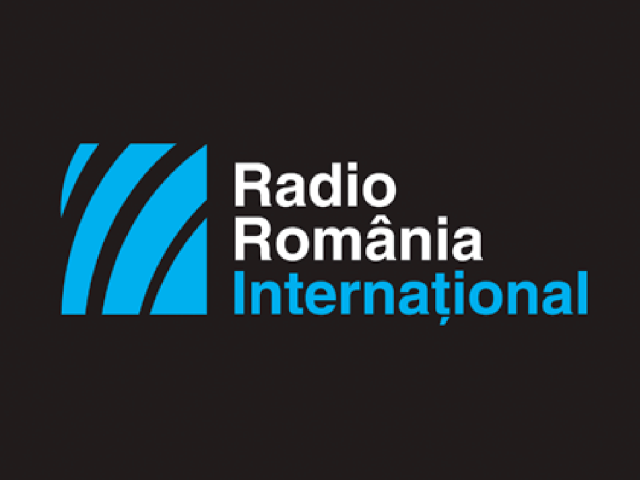Romania’s Electrification
One of the largest-scale projects in Romania after 1945

Steliu Lambru, 14.05.2018, 13:34
Starting in the second half of the 18th century, light was the leitmotif of all modernization projects. In the vision of the social reformers, it lit the way out of ignorance for the masses kept there by religion and the Church. For this reason, the 18th century is called The Enlightenment. They were referring to a spiritual light brought by learning and literacy. In the 19th century, efforts turned towards technology in this endeavor. Electric lighting was considered the pinnacle, and Edisons light bulb radically changed the world.
The communist regime believed that electrification was the means by which humanity would climb a new rung on the ladder of civilization. One of Lenins slogans was Power in the hands of the Soviets and electrification of villages. When the communist regime took power in Romania on March 6, 1945, electrification became one of the main objectives that were supposed to bring it legitimacy. This was a very ambitious project, with a very important political component, which started being applied in the 1950s.
Engineer Tudor Constantin was the head of the Bucharest Electricity Plant, the largest producer of electricity. He was interviewed in 2003 by Radio Romanias Oral History Center. He spoke about the first electric dam, built in Bicaz:
“The initial blueprint was made by professor Dorin Pavel and engineer Dimitrie Leonida, at their own expense, backpacking in the mountains. Engineer Leonida wanted to turn the Romanian worker into a cultured worker, a prestigious worker. He set up a school, called Engineer Leonidas School for Mechanics and Electricians, where he taught alongside his wife and two other professors. You could get there credentials similar to those you could get from the School of Electricians and Gas Workers or from the school of railroad engineers. You could get a job anywhere if you showed that diploma. When the electrification project started, I was working in the factory, and engineer Leonida told me: Young man, listen: Romania cannot get electrified as it is, without involvement from the state, like the Russians did. When the project ended, I got a decoration, the Order of Labor 2nd class, which I still have.”
Recovery from the war could only be accomplished by industrial development. Tudor Constantin told us about Romania’s strong technological suits before the electrification:
“It started in the 1950s, when I was working at the Bucharest Electric Plant, I was the director. It was the largest in the country, and had the best engineers. Maybe the technology was not as advanced as it was in the West, but the engineers before the war were proud, they didnt work with poor technology. They picked equipment that was unique. For instance, the Filaret plant had 5,000 horse power Diesel engines, unique in Europe. Before the war, they had also acquired a 10,000 kW gas turbine, also unique. But then the war came, and they couldnt install it any more, they installed it after the war. I remember that the Russians wanted us to help them. We gave them the keys to where the Swiss blueprints were, they were stealing things, but we were stealing things too, we had to get things going. Such were the times.”
In addition to economic and social reasons, conceiving and applying such an ample project was only possible as a result of a political decision. Everything was supposed to be possible in a planned economy. Here is Tudor Constantin once again:
“The party made this decision, which then went through the ministries, down to the factories and the experts. I was consulted, I was part of things when the electrification plan was issued, I was the head of the power plant. I remember there was a lot of infighting between the thermal plant engineers and hydro-electrical engineers. The disputes were around the type of plant that should be made first. Hydro-electrical engineers like Leonida said they should start with dams, the others said they should start with coal and gas plants. In the end, the party had to intervene to settle the issue. They said that hydroelectric dams were cheaper and more effective economically. The cost of energy made by a dam was three or four times less than that made by a thermal plant. However, it took longer to make a dam, and they said that the country could not wait. We needed to develop industry in the country, and had to build thermal plants, even though they were more expensive. In the end that was the solution, but they also continued with dams, starting to build the dam in Bicaz. However, electrification started with the thermal plants in Doicesti, in Moldavia, and in Targu Mures.”
The electrification project in Romania ended in 1970, and was considered a success. The energy sector developed and diversified, with a great part of energy being directed to the industrial sector.
(Translated by C. Cotoiu)






























